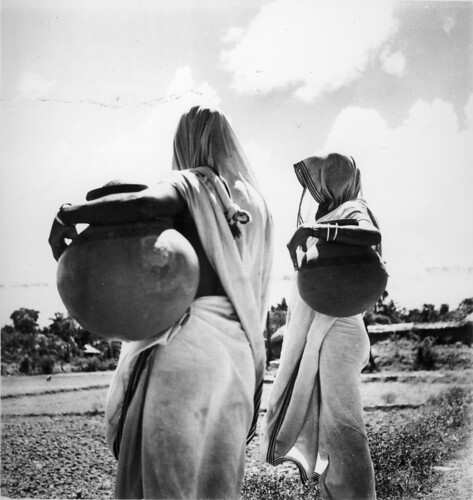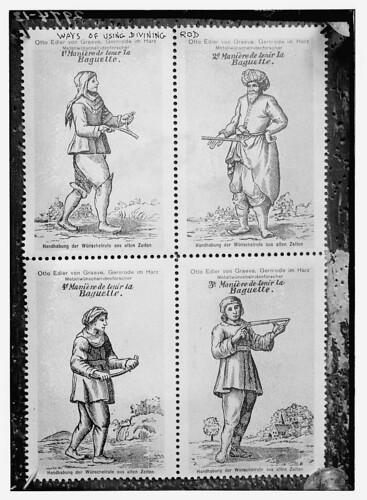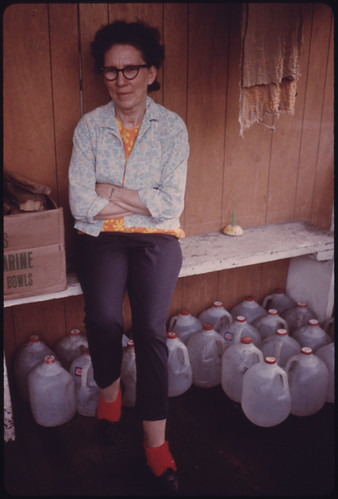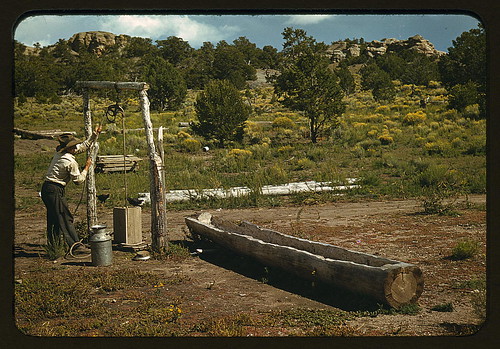In honor of this year’s Blog Action Day theme of discussing the environment, I decided to see what records the Internet had available about the history of Earth Day.
I started by simply Googling Earth Day. In a new browser window I opened the Internet Archive’s Wayback Machine. These were to be my two main avenues for unearthing the way that Earth Day was represented on the internet over the years.
Wikipedia’s first version of an Earth Day page was created on December 16th, 2002. This is the current Earth Day page as of the creation of this post – last updated about a week ago.
The current home page for the Earthday Network appears identical to the most recent version stored in the Wayback Machine, dated June 29, 2007 – until you notice that the featured headline on the link to http://www.earthdaynetwork.tv is different.
The site that claims to be ‘The Official Site of International Earth Day’ is EarthSite.org. The oldest version from the Wayback Machine is from December of 1996. This version shows a web visitor counter perpetually set to 1,671. Earth day ten years ago was scheduled for March 20th, 1997. If you scroll down a bit on the What’s New page you can read the 1997 State of the World Message By John McConnell (attributed as the founder of Earth Day).
The U.S. Government portal for Earth Day was first archived in the Internet Archive on April 6, 2003. The site, EarthDay.gov, hasn’t changed much in the past 4 years. The EPA has an Earth Day page of it’s own, that was first archived in early 1999. No clear way to know if that actually means that the EPA’s Earth Day page is older or if it was just found earlier by the Internet Archives ambitious web crawlers.
Envirolink.org, with the tagline “The Online Environmental Community”, was first archived back in 1996. You can see on the Wayback Machine page for Environlink.org, has a fairly full ten years worth of web page archiving.
Next I wanted to explore what the world of government records might produce on the subject. A quick stop over at Footnote.com to search for “Earth Day” didn’t yield a terribly promising list of results (no surprise there – most of their records date to before the time period we are looking for). Next I tried searching in Archival Research Catalog (ARC) over on the U.S. National Archives website. I got 15 hits – all fairly interesting looking… but none of them linked to digitized content. A search in Access to Archival Databases (AAD) system found 2 hits – one to some sort of contract between the EPA and a Fairfax Virginia company named EARTH DAY XXV from 1995 and the other a State Department telegram including this passage:
THIS NATION IS COMMITTED TO STRIVING FOR AN ENVIRONMENT THAT NOT ONLY SUSTAINS LIFE, BUT ALSO ENRICHES THE LIVES OF PEOPLE EVERYWHERE – – HARMONIZING THE WORKS OF MAN AND NATURE. THIS COMMITMENT HAS RECENTLY BEEN REINFORCED BY MY PROCLAMATION, PURSUANT TO A JOINT RESOLUTION OF THE CONGRESS, DESIGNATING MARCH 21, 1975 AS EARTH DAY, AND ASKING THAT SPECIAL ATTENTION BE GIVEN TO EDUCATIONAL EFFORTS DIRECTED TOWARD PROTECTING AND ENHANCING OUR LIFE-GIVING ENVIRONMENT.
I also thought to check the Government Printing Office’s (GPO) website for the Public Papers of the Presidents of the United States. Currently it only permits searching back through 1991 online – but my search for “Earth Day” did bring back 50 speeches, proclamations and other writings by the various presidents.
Frustrated by the total scattering of documents without any big picture, I headed back to Google – this time to search the Google News Archive for articles including “Earth Day” published before 1990. The timeline display showed me articles mostly from TIME, the Washington Post and the New York Times – some of which claimed I would need to pay in order to read.
Back again to do one more regular Google search – this time for earth day archive. This yielded an assortment of hits – and just above the fold I found my favorite snapshot of Earth Day history. The TIME Earth Day Archive Collection is a selection of the best covers, quotes and articles about Earth Day – from February 2, 1970 to the present. This is the gold mine for getting perspective on Earth Day as it has been perceived and celebrated in the United States. The covers are brilliant! If I had started this post early enough, I would have requested permission to include some here.
With the passionate title Fighting to Save the Earth from Man, the first article in the TIME Earth Day Collection begins by quoting then President Nixon’s first State of the Union Address:
The great question of the seventies is, shall we surrender to our surroundings, or shall we make our peace with nature and begin to make reparations for the damage we have done to our air, to our land, and to our water?
Fast forward to the recent awarding of the Nobel Peace Prize for 2007 to the Intergovernmental Panel on Climate Change (IPCC) and Al Gore and I have to image that the answer to that question of if we were ready to make peace with nature asked so long ago was ‘Not Yet’.
Overall, this was an interesting experiment. The hunt for ‘old’ (such as it is in the fast moving world of the Internet) data about a topic online is a strange and frustrating experience. Even with the Wayback Machine, I often found myself with only part of the picture. Often the pages I tried to view were missing images or other key elements. Sometimes I found a link to something tantalizing, only to realize that the target page was not archived (or is so broken as to be of no use). The search through government records and old newspaper stories did produce some interesting results – but again seemed to fail to produce any sense of the big picture of Earth Day over the years.
The TIME Collection about Earth Day was assembled by humans and arranged nicely for examination by those interested in the subject. It is properly named a ‘collection’ (in the archival sense) because it is not the pure output of activities surrounding Earth Day, but rather a selected snapshot of related articles and images that share a common topic. That said, it is my fervent hope that websites such as these appear more and more. I suspect that the lure of attracting more readers to their websites with existing content will only encourage more content creators with a long history to join in the fun. If other do it as well as TIME has seemed to in this case, it will be a win/win situation for everyone.




![[Native girls, Marken Island, Holland] (LOC)](https://farm3.static.flickr.com/2623/4119292691_73ed938b84.jpg)




